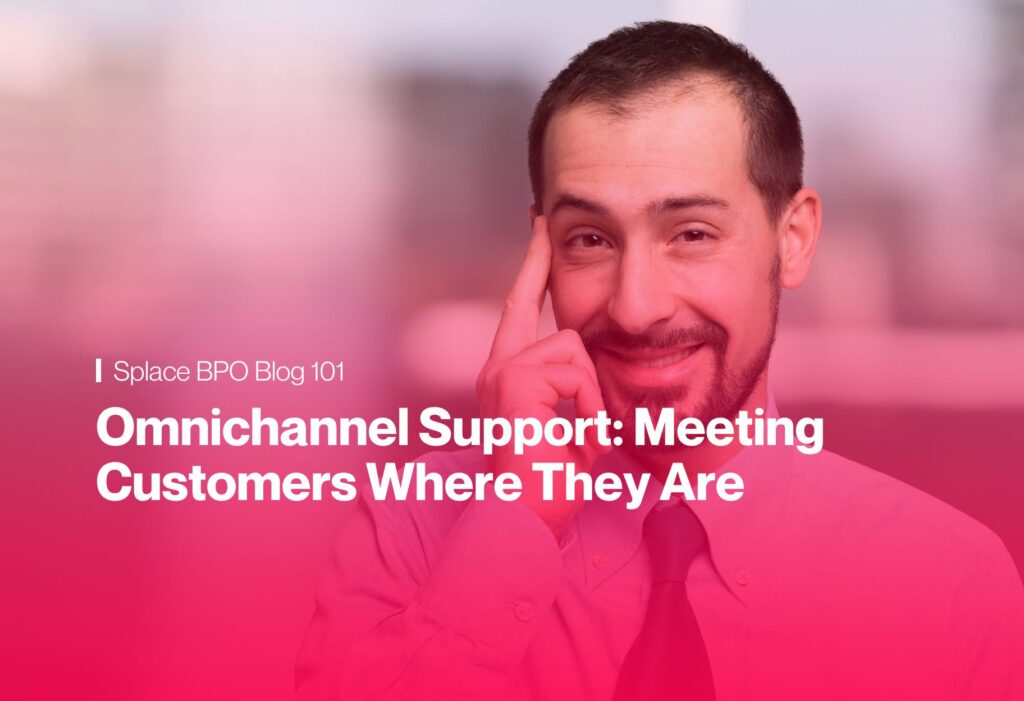Introduction
Client onboarding in Business Process Outsourcing (BPO) refers to the structured process of integrating the client’s scope of work, tools, policies, compliance requirements, and performance metrics into the BPO’s operational environment. This process converts contractual terms into executable workflows.
Onboarding includes requirements documentation, SLA definition, SOP alignment, training calibration, access provisioning, compliance mapping, and go-live simulation. It is the first execution benchmark in a BPO engagement.
This blog outlines the contractual and operational mechanics of onboarding and explains how Splace BPO scales onboarding while preserving procedural accuracy and accountability.
Onboarding is a Legal and Operational Control System
Onboarding is not a welcome packet. It is a control mechanism. A failure to convert legal terms into operational workflows invalidates the engagement before launch. The onboarding phase must define resource requirements, process documentation, response time protocols, and reporting cadences.
All onboarding activities must be recorded, version-controlled, and approved. Deliverables must be mapped to timelines and tied to internal ownership. Absence of procedural documentation during onboarding increases client churn and SLA failure post-deployment.
Splace BPO treats onboarding as a multi-departmental workstream with predefined checkpoints. All onboarding workflows are documented in project management platforms with task-level accountability. Each function—IT, HR, Ops, QA, and Compliance—has mapped deliverables. Kickoff meetings initiate the timeline. Internal readiness reviews are conducted before client exposure.
SLA Definition Requires Measurable Unit Metrics
Service Level Agreements (SLAs) must be defined during onboarding—not post-deployment. Vague metrics such as “on-time response” or “quality outcomes” introduce contractual ambiguity. SLAs must be tied to measurable units (e.g., response within 60 seconds, error rate below 3%, resolution within 4 hours).
Each SLA must be paired with audit criteria and escalation paths. Client onboarding that omits SLA definition undermines governance. Without SLAs, performance disputes cannot be resolved with evidence.
Splace BPO defines SLA metrics per role, channel, and client expectation. Every SLA is documented in a shared tracker, with automated flagging for breach conditions. QA frameworks and performance dashboards are configured to reflect SLA tiers. Escalation is codified within the onboarding timeline and not deferred.
SOP and Knowledge Transfer Are Non-Negotiable
Client onboarding must produce functional Standard Operating Procedures (SOPs) and executable knowledge documentation. Generic training modules or verbal handovers result in process drift, agent confusion, and delivery variance.
Knowledge transfer must be explicit, role-specific, and integrated into onboarding milestones. Subject matter expertise must be logged, tested, and transferred into a training-ready format. Turnover without SOPs terminates operational continuity.
Splace BPO produces SOPs based on the client’s workflows and decision trees. SOPs are mapped to training sessions, QA scores, and escalation triggers. Subject matter knowledge is extracted via structured interviews and screen captures. Version control is maintained through document management systems. All agents must pass knowledge assessments before go-live.
Systems Integration and Access Provisioning Must Be Time-Tracked
Client tools must be integrated with the BPO environment during onboarding—not post-deployment. Access provisioning delays create operational bottlenecks. Security approvals, sandbox testing, VPN setup, CRM access, and credentials must be managed with timestamped tickets.
Onboarding failures involving delayed tool access result in SLA breaches and productivity loss. Integration timelines must be defined and monitored.
Splace BPO uses an internal ticketing system to track all access provisioning requests. Each client tool is logged with access tier, user ID, and issue log. Provisioning timelines are assigned during onboarding kickoff. No agent is allowed to access client systems without approval logs and security clearance.
Communication and Escalation Maps Must Be Locked Before Launch
Client onboarding must include communication protocols and escalation mapping. Without a predefined structure, all support interactions default to informal communication—resulting in misalignment, finger-pointing, and delivery delays.
Points of contact, escalation tiers, and response time expectations must be published. Clients must know who owns the process at every stage. Internally, the provider must ensure no deliverable exists without a named accountable party.
Splace BPO issues a client-specific escalation map, detailing frontline contacts, department heads, and executive liaisons. All communications during onboarding are routed through project channels with time-bound responses. Each task within onboarding includes named ownership, deadline, and review cycle. Informal communication is prohibited during the onboarding phase.
Conclusions
Onboarding is the foundation of client retention. If onboarding fails, all downstream delivery collapses under undefined roles, missing SOPs, unapproved access, and undocumented expectations. BPO performance begins before launch.
Splace BPO treats onboarding as an enforceable system. Each step is owned, documented, and measured. Legal terms are converted into workflows. Client data is protected through access controls. SLA metrics are defined before the first call is made. Knowledge transfer is completed before agents are assigned. No client engagement proceeds without internal and external audit readiness.
About SPLACE
SPLACE is a dynamic and innovative business process outsourcing company that offers a wide range of outsourcing services to businesses worldwide. With a focus on delivering high-quality solutions, virtual assistance, IT solutions, and exceptional customer service, SPLACE has established the company as a trusted outsourcing and call center service provider to companies across various industries.
SPLACE comprises experienced professionals who deliver customized and cost-effective solutions to meet every client's business needs. The company believes in the power of technology and innovation to drive growth and success, and its main focus is helping clients succeed in an ever-changing business landscape.
Clients looking for support in data management, customer service, virtual assistance, technical support, or any other outsourcing need can seek help from the SPLACE BPO firm.
If you are interested in Splace’s Business Process Outsourcing Solutions,
Email: ceo@splacebpo.com or call us at
US: +1 929 377 1049 CA: +1 778 653 5218 UK: +61 483 925 479 AU: +61 483 925 479 NZ: +64 9 801 1818
NL: +31 20 532 2142















